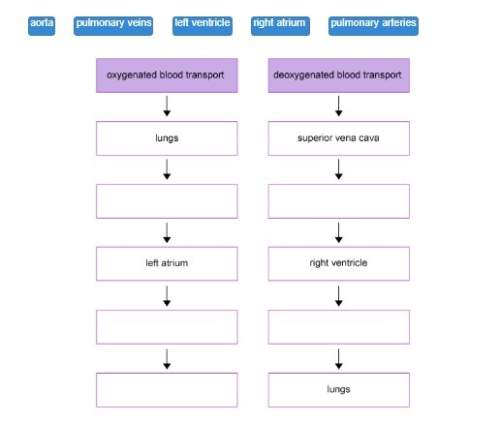
Biology, 13.11.2020 14:00 zylovesnesha
In the 1930s, G. F. Gause, a Russian biologist, published a series of
papers that presents what is now known as the principle of competitive
exclusion. Gause's principle states that two species competing for the same
resources under exactly the same environmental conditions cannot
coexist indefinitely. Gause's classic experiment measured the population
size of two different species of Paramecium (P. aurelia and P. caudatum)
in pure and mixed cultures. These two species can easily be distinguished
from each other with a microscope. Gause maintained a constant
environment in the lab and changed the water and food daily. In this
exercise, we will use artificial data to graph the growth of P. aurelia and P.
caudatum cultures (mixed and pure) to explore the competitive exclusion
principle

Answers: 2


Another question on Biology


Biology, 22.06.2019 11:00
Omg substrates with the same size and shape as the active site will bind to the enzyme. why is the key labeled the “bad” substrate?
Answers: 3


You know the right answer?
In the 1930s, G. F. Gause, a Russian biologist, published a series of
papers that presents what i...
Questions

Mathematics, 14.05.2021 06:00

History, 14.05.2021 06:00



Computers and Technology, 14.05.2021 06:00

Mathematics, 14.05.2021 06:00

Mathematics, 14.05.2021 06:00

Mathematics, 14.05.2021 06:00


Mathematics, 14.05.2021 06:00



Social Studies, 14.05.2021 06:00

Mathematics, 14.05.2021 06:00

Mathematics, 14.05.2021 06:00


Law, 14.05.2021 06:00






